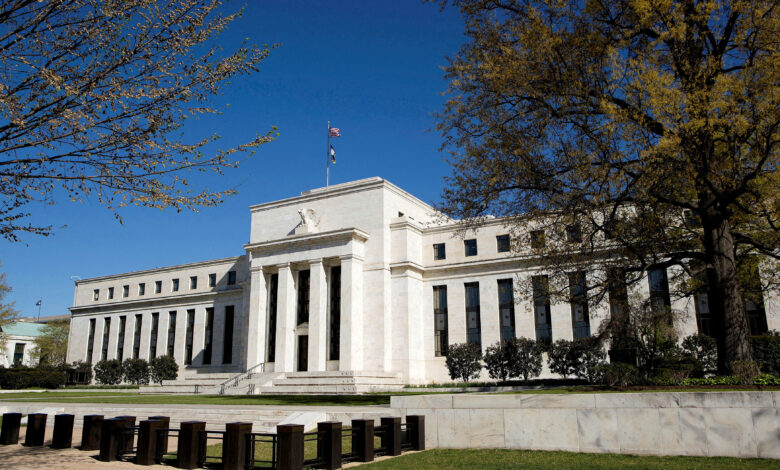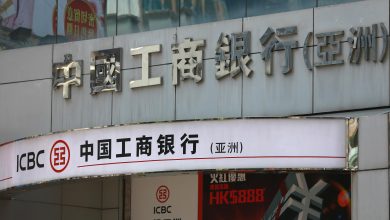Fed officials mull if rates are high enough as inflation expectations jump

DEBATE over whether US interest rates are high enough deepened among Federal Reserve officials this week, and may be stoked further after a key survey showed a jump in consumers’ inflation expectations.
“There are … important upside risks to inflation that are on my mind, and I think there’s also uncertainties about how restrictive policy is and whether it’s sufficiently restrictive” to return inflation to the US central bank’s 2 per cent target, Dallas Fed president Lorie Logan said at a Louisiana Bankers Association conference in New Orleans.
“I think it’s just too early to think about cutting rates … I think I need to see some of these uncertainties resolved about the path that we’re on, and we need to remain very flexible,” Logan said, though she did not directly address whether she feels the Fed may need to again raise its benchmark policy rate from the 5.25 to 5.5 per cent range that has been maintained since July.
Many US central bank officials, including Fed chair Jerome Powell, have said they still think further rate hikes will prove unnecessary.
In an interview with Reuters, Atlanta Fed president Raphael Bostic said he still felt inflation was likely to slow under the current monetary policy and allow the central bank to begin reducing its policy rate in 2024 – though perhaps by only a quarter of a percentage point and not until the final months of the year.
“I still have that belief,” Bostic said in the interview on Thursday, though “it is going to take some time” to be sure inflation is set to fall.
GET BT IN YOUR INBOX DAILY

Start and end each day with the latest news stories and analyses delivered straight to your inbox.
Data on Friday provided an unwelcome jolt in the wrong direction to a metric that Fed policymakers watch carefully.
Year-ahead inflation expectations in the University of Michigan’s survey of consumer sentiment rose from 3.2 to 3.5 per cent in May, the highest level since November. While a month’s reversal may not be significant, if it continues it would challenge the Fed’s current assessment that expectations are “anchored” – and add to arguments made by Logan and some others that rates may not be high enough to finish the inflation fight.
The Fed’s preferred measure of inflation, the personal consumption expenditures price index, rose at a 2.7 per cent annual rate in March, with little progress shown in the first three months of the year.
The University of Michigan data was released after Logan began her remarks, and she did not address it.
Anchored expectations are considered by Fed officials as an important sign of their own credibility, and an aid in bringing inflation back to 2 per cent.
‘Raises questions’
In an essay published earlier this week, Minneapolis Fed president Neel Kashkari also raised the possibility that rates may not be restrictive enough, given the continued strength of the US economy, particularly the housing market.
“It is hard for me to explain the robust economic activity that has persisted,” Kashkari said. “It raises questions about how restrictive policy really is.”
In contrast, San Francisco Fed president Mary Daly, in a taped interview on Thursday, said it is possible the “neutral” interest rate for the US had risen a bit, implying that any given level of the benchmark policy rate would lean less on economic activity than it would otherwise.
But she said the solution for the Fed in that case would be to keep its policy rate at the current level for longer.
Even if the neutral rate is higher “we still have restrictive policy, which is what we want,” Daly said. “But it might take more time to … bring inflation down.” REUTERS





